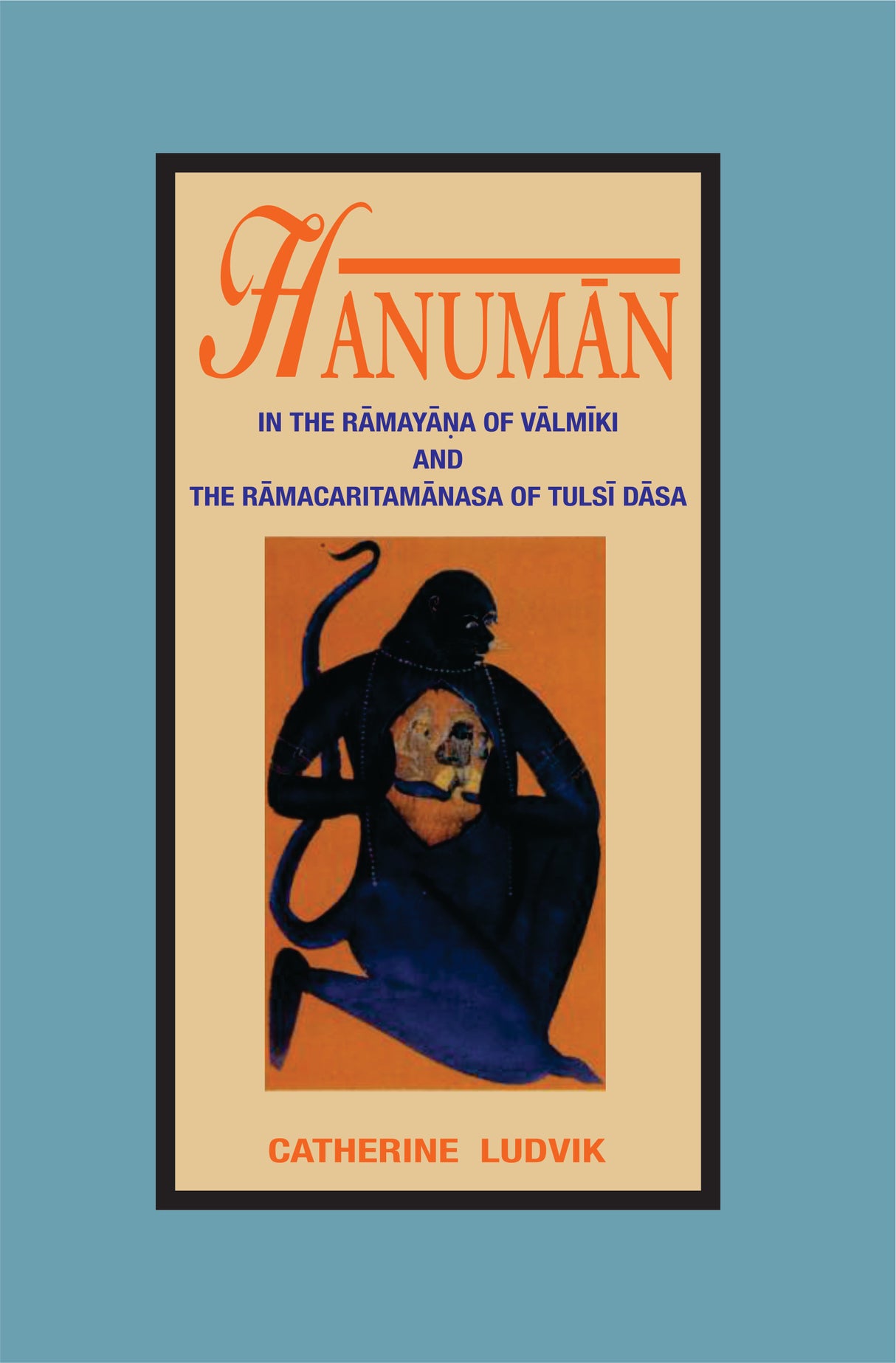Hanuman: In the Ramayana of Valmiki and the Ramacharitamanasa of Tulsidasa
Hanuman: In the Ramayana of Valmiki and the Ramacharitamanasa of Tulsidasa - Hardcover is backordered and will ship as soon as it is back in stock.
Couldn't load pickup availability
The monkey-god Hanuman, one of contemporary Hinduism's most popular deities, has a long history in Indian art and literature. This study traces Hanuman's gradual evolution from his role as helper and messenger of Rama in the Valmiki Ramayana in the 3rd century B.C.E. to his more dominant function in Tulasi Dasa's Ramacaritamanasa, written circa 1575 C.E. The study begins with a concentrated overview of Hanuman's non-Aryan origins and later associations. It then illustrates and elucidated the growth of his character from Valmiki to Tulasi Dasa through several intermediary stages. The greater part of the book comprises a careful scene-by-scene comparative textual analysis of the Sanskrit and the Avadhi versions of the Rama legend which has been so immensely influential in Hindu culture. In the course of time, Hanuman changes from a perfect messenger to the ideal devotee who becomes an embodiment of his master in his complete surrender to Raghupati.
Review(s)
Ludvik's text is to the point...it is sound and is meticulously documented with extensive notes and helpful bibliography. - JOURNAL OF THE AMERICAN ORIENTAL SOCIETY
About the Author(s)
CATHERINE LUDVIK is a promising young scholar who studies Sanskrit and Hindi at the University of Toronto (B.A.), where she also completed an M.A. in Religious Studies (Hinduism). She brings to her study of the ingenious monkey-god Hanuman a deep empathy and understanding combined with penetrating scholarship. She is presently working on the Mahanataka.
-
Pages
-
Edition
-
Size
-
Condition
-
Language
-
Weight (kg)
-
Publication Year
-
Country of Origin
-
Territorial Rights
-
Reading Age
-
HSN Code
-
Publisher




